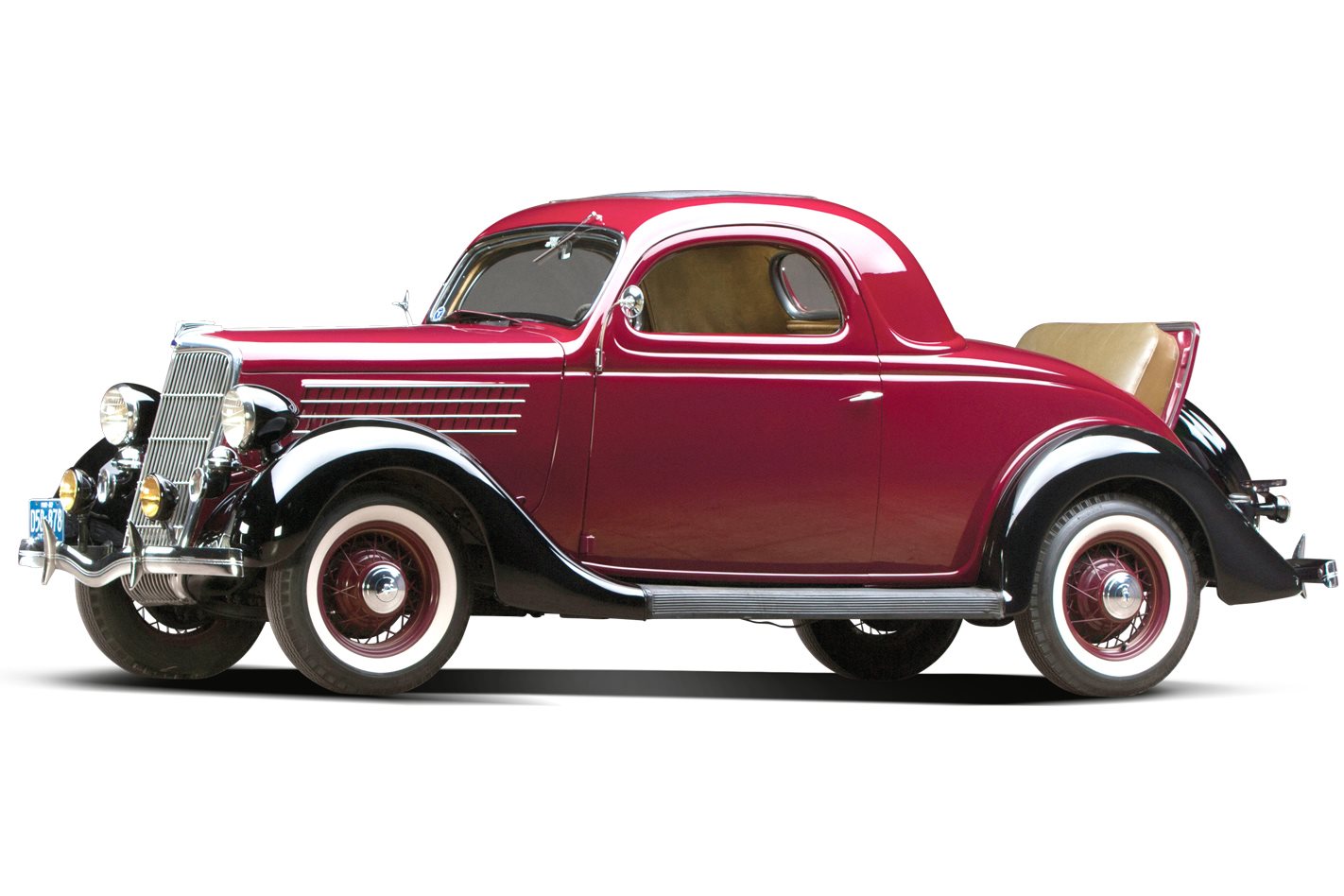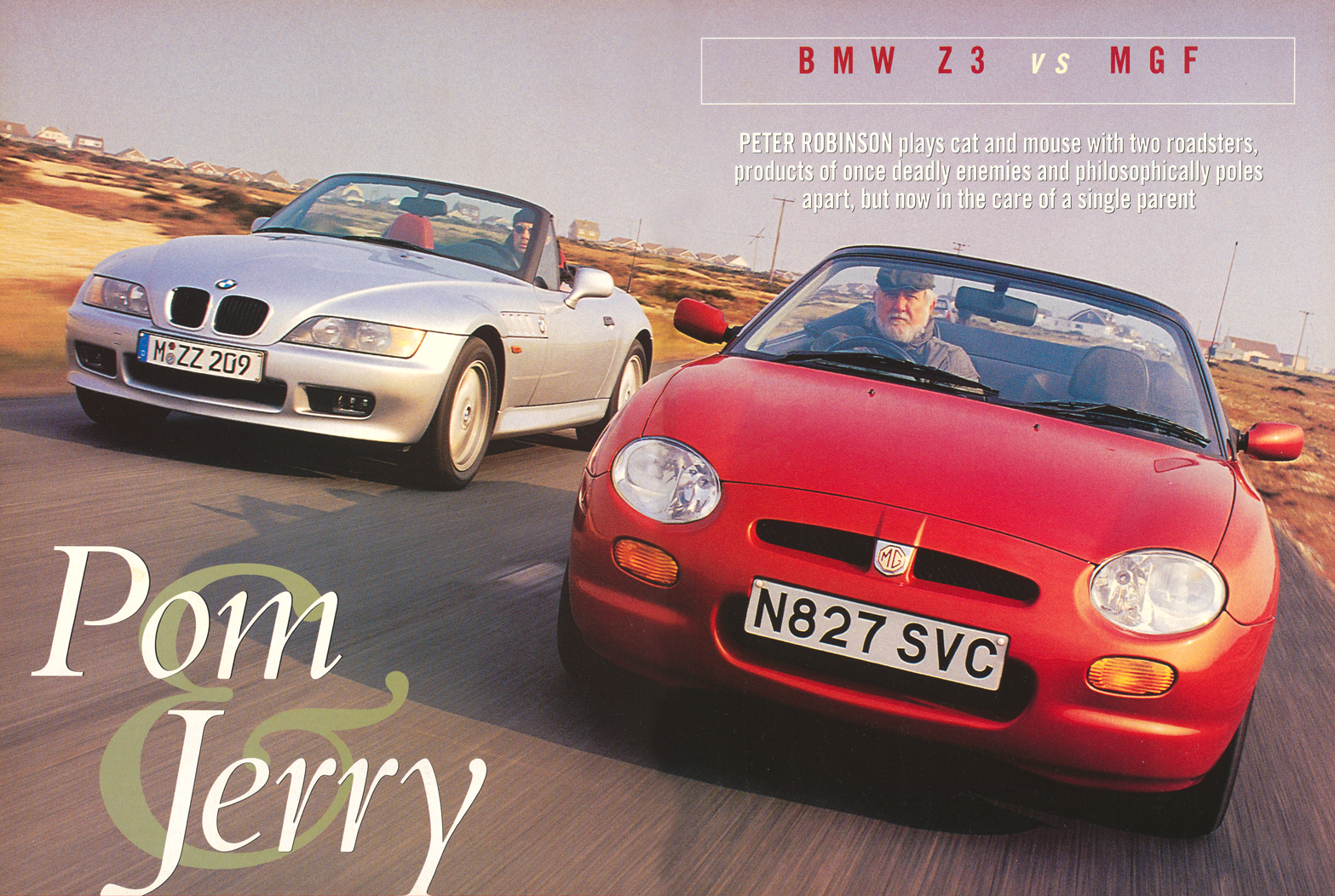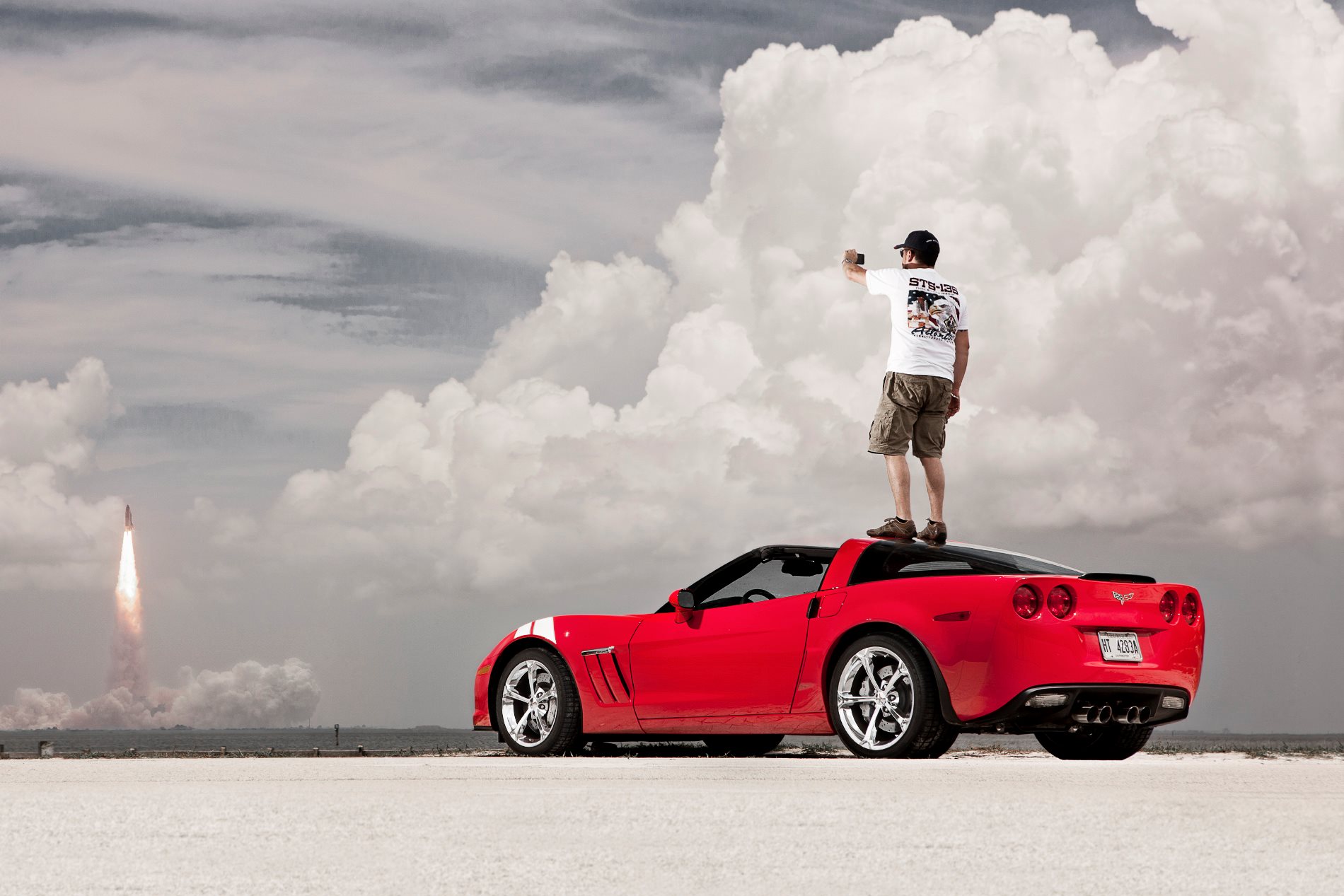HENRY Ford is justly famed for having put America and much of the world on wheels, through his pared-down and production-designed Model T of 1908. But Ford deserves just as much credit for making the world on wheels go (and look) faster, through a landmark model launched in 1932, the Ford V-8 Coupe.
First published in the March 2017 issue of Wheels magazine, Australia’s most experienced and most trusted car magazine since 1953
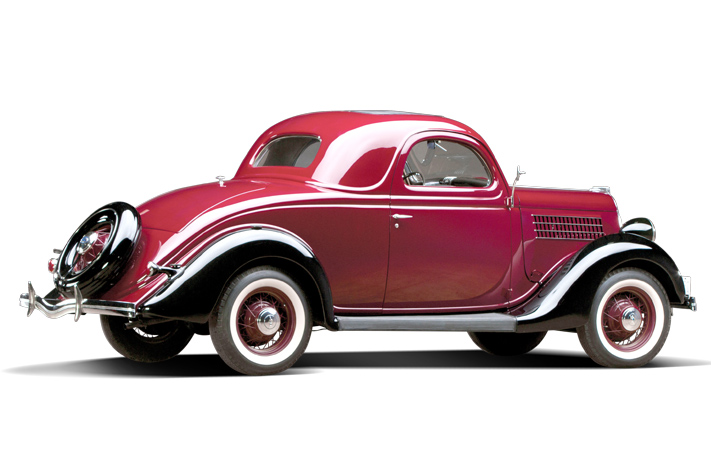
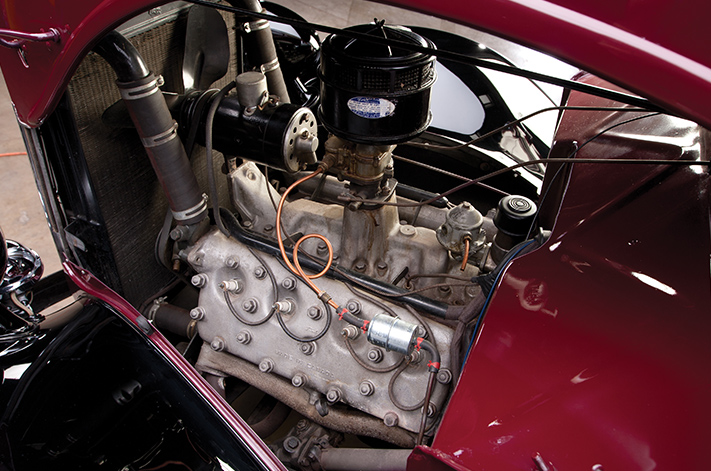
Convinced of his own genius, he spent much of the 1920s pursuing the idea of an eight-cylinder radial engine, his so-called X8. Radial designs, while already common among aero engines, presented cooling and lubrication problems in cars that were eventually deemed too difficult to overcome.
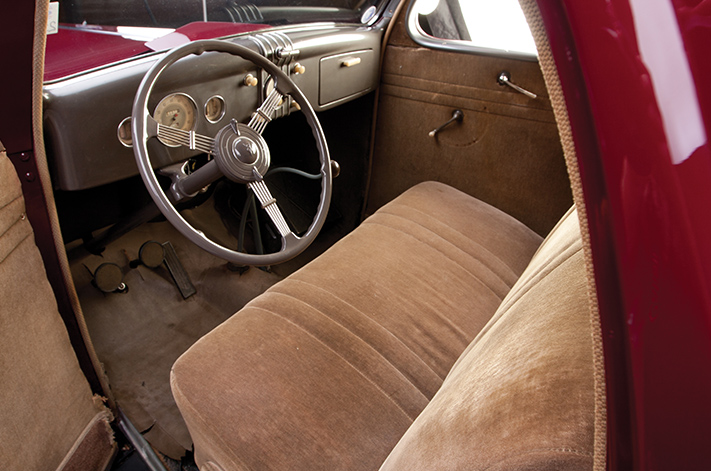
They looked great, too. Most credit for the flowing, Lincoln-influenced lines goes to young designer Bob Gregorie (who would found Ford’s in-house studio in 1935). However, Gregorie worked closely with Edsel Ford, whose refined taste and collegiate approach made him the polar opposite (and some say, the scapegoat) of his hard-nosed father.
From this uneasy father-and-son relationship, however, came a car whose cool style and cheap performance have made it an enduring icon. Think ‘hot rod’ and chances are you’re thinking of a customised creation that started out life as Ford’s pretty little coupe.
Five Fast Facts
1. Beaut Aussie ute
Aussie legend Lew Bandt designed the world’s first ‘coupe-utility’ in 1933, based on a 1932 Ford V8 five-window ‘dicky-seat’ Coupe
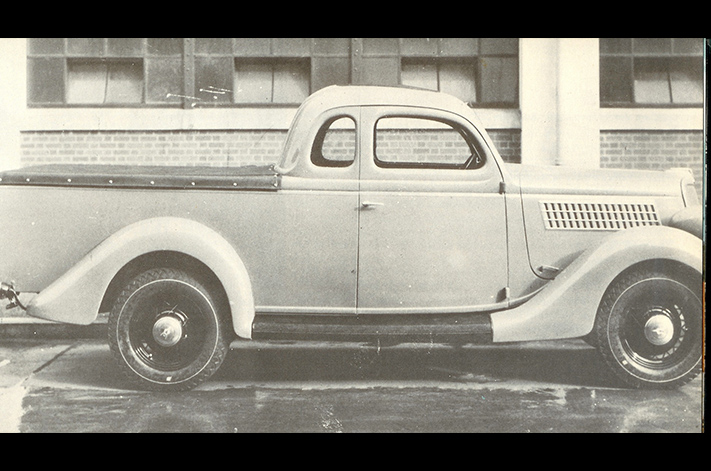
2. Movie star
The yellow ’32 Coupe in American Graffiti (1973) is today credited with saving hot-rodding. Yet after filming, the car failed to sell for $1500

3. Heist society
Bank robbers John Dillinger, Clyde Barrow and Bonnie Parker enjoyed the Ford V8’s performance; the latter pair were shot to ribbons in one.
4. Rodding life
The Ford ‘flattie’ ignited the smouldering hot-rod scene, with an industry of performance parts catering for cheap used cars post-WW2
5. Artistic license
The Beach Boys’ 1963 hit song ‘Little Deuce Coupe’ is about Brian Wilson’s imaginary ’32, “with four on the floor”.


